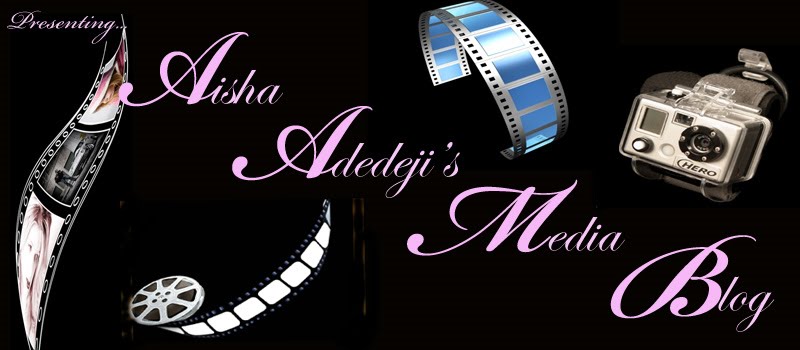
HOW MANY IMAGES ARE THERE?
There is only one main image shown on this front page. It is located to the right hand side of the screen in full colour, and identifies the artist being interviewed. It is a plain image on a white background. The white background emphasizes the artists red clothing. The image is very large, and takes up most of the second page, and overlaps into the first page slightly. The image is very distinguished because it is so large, and takes up more space than the text.
THE TITLE…?
There is not actual title; there is just a pull quote, which acts as the title in this double page spread. The pull quote reveals part of the article but is written in a bigger font, making it stand out, capturing the attention of anyone just flicking through the magazine. It is also usually used to break up larger sections of txt to provide easier reading and a chance to breathe. I like the use of pull quotes, because they make the interview seem more exciting, and less dull, however I would not use it as a title.
THE LAYOUT OF THE TEXT?
The double page spread consists of four columns, all of which are on the first single page, below the pull quote. Left justified text has been used within each column and this keeps a house style and continuity running throughout the double paged spread. All the text is the same colour, however the questions asked are bold and the answers are not. This is in attempt to differentiate the questions and answers. The stand first has been used to get attention from the reader to draw them in, so that they want to continue to read the interview no matter the length of it. The stand first is the same colour as the rest of the text, except it is a slightly larger font size than the rest of the text. The reader is aware of where the answers start and stop. The four columns are used to keep ease for the reader. The formal layout causes the comfort of continuity in the layout. There is also use of drop cap at the beginning, which is the beginning letter of the article made bold and much bigger in font size, making it more significant of the page.
COLOUR SCHEME/ HOUSE STYLE?
The colour scheme/house style used here is very obvious. there are only three colours used: red, white and black, this includes the clothing of the artist.
PAGE NUMBERS
The page numbers are located to the outside edges of the pages, right at the bottom of the page, in very small print, which I feel, is more appropriate than the previous magazine layout because it is not too obvious, and is even the same colour scheme.
OVERALL COMMENTS?
I prefer this double page spread to the previous one, by far. However, I think the image and pull quote should be made smaller in order to fit more text, because all the text seems to be condensed in one little section of the page.

No comments:
Post a Comment